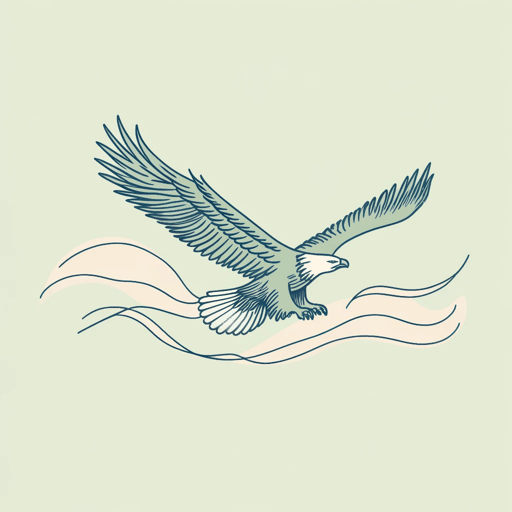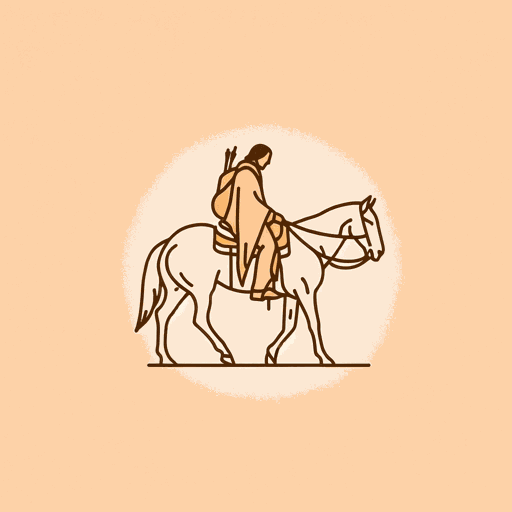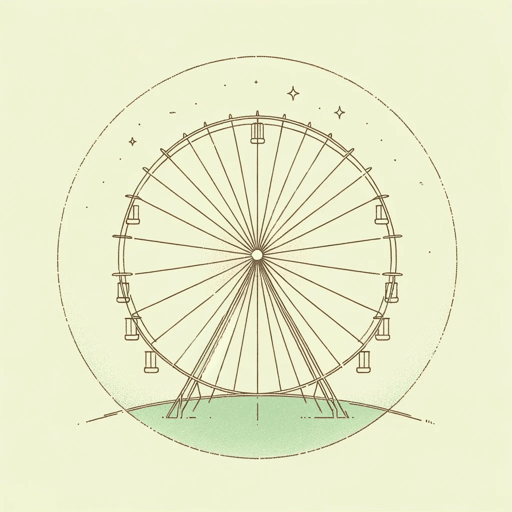66 pages • 2 hours read
Richard WagameseOne Native Life
Nonfiction | Autobiography / Memoir | Adult | Published in 2008A modern alternative to SparkNotes and CliffsNotes, SuperSummary offers high-quality Study Guides with detailed chapter summaries and analysis of major themes, characters, and more.
Themes
Stories as Medicine: Restoring Balance and Identity
Storytelling in One Native Life is medicine, a way to navigate through past traumas toward a place of peace and empowerment: “Stories are meant to heal. That’s what my people say, and it’s what I believe” (4). His book and its stories, then, serve as a conduit for healing, not just for Wagamese but for Indigenous communities or any community seeking wholeness. Central to this theme are Indigenous metaphysical understandings of the life force inherent in all things, a concept deeply rooted in Wagamese’s Ojibway teachings. Wagamese describes medicine as “something that joins you to the world” (161), a notion that resonates throughout his stories. They seek healing by focusing on the sacredness of existence and the relationships that people must maintain (with their community, other animals, vegetable life forms, and the land) to sustain balance in life. His stories are the threads that weave together the physical, emotional, and spiritual aspects of being, much like the various directions of the Medicine Wheel.
Wagamese emphasizes that every story carries a life force, an assertion that aligns with the Ojibway belief in the animacy of all things: “Everything is alive, animate, moving and, even if we can’t see that, we can learn to feel it” (161).
Related Titles
By Richard Wagamese
Featured Collections
Art
View Collection
Beauty
View Collection
Books & Literature
View Collection
Books on Justice & Injustice
View Collection
Canadian Literature
View Collection
Colonialism & Postcolonialism
View Collection
Community
View Collection
Education
View Collection
Equality
View Collection
Fate
View Collection
Guilt
View Collection
Indigenous People's Literature
View Collection
Memory
View Collection
Music
View Collection
Nation & Nationalism
View Collection
Pride & Shame
View Collection
Truth & Lies
View Collection





